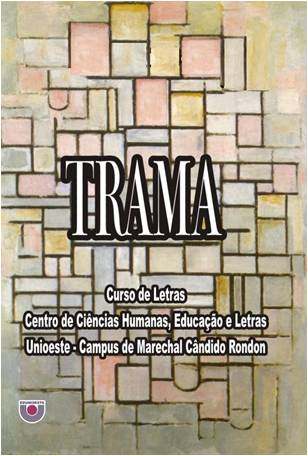THE (UN)BURIAL OF THE DEAD: THE JOURNEY OF THE CORPSE IN WILLIAM FAULKNER’S WORK
DOI:
https://doi.org/10.48075/rt.v10i19.7803Keywords:
Faulkner, cadáver, jornadaAbstract
From the reading of “Red Leaves,” “A rose for Emily” and As I lay dying, all published in 1930, this paper intends to investigate the question of the (un)burial of the dead in William Faulkner’s work. In a few words, despite the physical death of the body, these three texts insist on a journey of the corpse which, by attesting its unpleasant presence – either by means of the odor it exhales or its inevitable decomposition – suggests an impasse that cannot be simply suppressed or “buried.” Therefore, one can argue that there is, in Faulkner, an extended interaction with the dead body that indicates, if not the incompleteness of the life and death cycle, at least certain temporal mismatch.Downloads
Published
How to Cite
Issue
Section
License
Aviso de Direito Autoral Creative Commons
Política para Periódicos de Acesso Livre
Autores que publicam nesta revista concordam com os seguintes termos:
1. Autores mantém os direitos autorais e concedem à revista o direito de primeira publicação, com o trabalho simultaneamente licenciado sob a Licença Creative Commons Attribution que permite o compartilhamento do trabalho com reconhecimento da autoria e publicação inicial nesta revista.2. Autores têm autorização para assumir contratos adicionais separadamente, para distribuição não-exclusiva da versão do trabalho publicada nesta revista (ex.: publicar em repositório institucional ou como capítulo de livro), com reconhecimento de autoria e publicação inicial nesta revista.
3. Autores têm permissão e são estimulados a publicar e distribuir seu trabalho online (ex.: em repositórios institucionais ou na sua página pessoal) a qualquer ponto antes ou durante o processo editorial, já que isso pode gerar alterações produtivas, bem como aumentar o impacto e a citação do trabalho publicado (Veja O Efeito do Acesso Livre).
Licença Creative Commons
Esta obra está licenciada com uma Licença Creative Commons Atribuição-NãoComercial-CompartilhaIgual 4.0 Internacional, o que permite compartilhar, copiar, distribuir, exibir, reproduzir, a totalidade ou partes desde que não tenha objetivo comercial e sejam citados os autores e a fonte.


